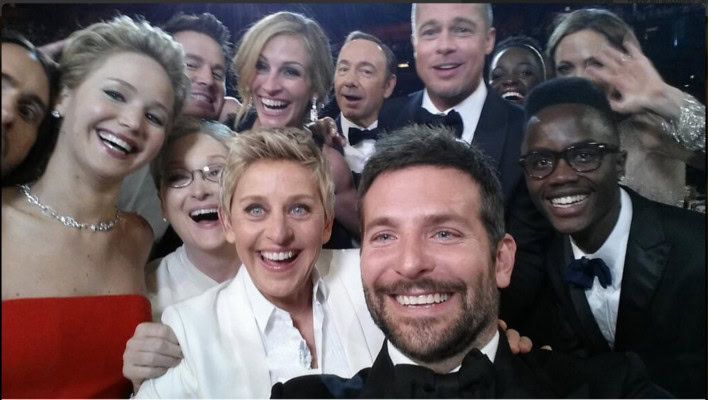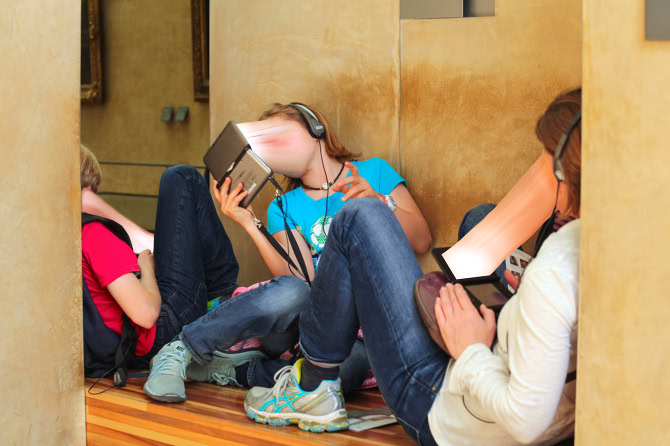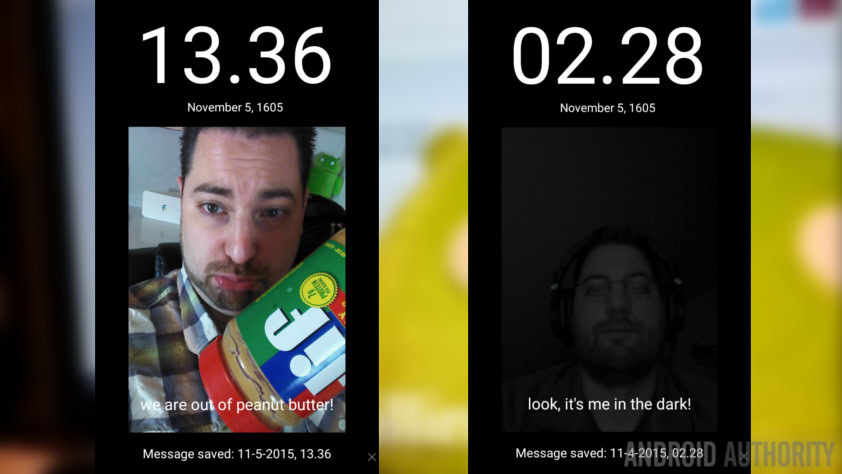Affiliate links on Android Authority may earn us a commission. Learn more.
After 19 related deaths in India, Mumbai bans selfies in key areas
Published onFebruary 25, 2016

An interesting craze is catching like wildfire among the India’s youth. It’s not quite as puzzling as the “planking” fad that swept through the western world in 2011, but it is proving to be just as unexpectedly dangerous. Since 2014, at least 49 deaths have been linked to selfies, but a disproportionate 19 of these deaths have occurred in India, where a trend the press is calling “Selfie Fever” is running rampant. In response to this phenomenon, Mumbai has ordered that it will be illegal to take selfies in 16 particularly at-risk zones throughout the city.
The Guardian is citing the source of India’s selfie problem as “a thirst for social media self-aggrandisement” that’s fueled by such things as newspaper coverage of celebrity selfies and a competitive drive to take more and more creative and unexpected selfies in strange places and at bizarre angles. Also contributing to this figure is India’s large and growing population (1.25 billion) and a booming smartphone market.

Mumbai-based psychologist Keerti Sachdeva said this problem has roots in teenagers’ need to find acceptance and recognition from their peers. “You know people have this sort of feeling in adolescent age, especially that they need to get this acceptance from everyone, that I am a smart person, I am a good-looking person,” Sachdeva said. “So for acceptance and recognition they are indulging in the taking of selfies.” Technology has provided a method to achieve the sensation of this recognition in a way that simply did not exist before the widespread adoption of smartphones and social media.

As part of a public safety measure, Mumbai’s municipal council has mapped out dangerous selfie regions and declared these no-selfie zones. Mostly, these include high areas lacking railings or barriers as well as coastal selfie hotspots. Politician Abhishek Ghosalkar, who took part in the call for this ban, cited evidence of some psychologists calling an obsession with selfies a kind of disorder.
This may well be the case. News coverage continues to break reporting self-snapping related tragedy. Just this month, for instance, an 18-year-old visiting a dam on a class trip attempted to take a dramatic selfie while perched on a rock. The student lost his balance and toppled into the water below. Another student dove in to try and save him, but both students lost their lives. Similarly, an engineering student in Tamil Nadu fell from a rock while attempting to take a group selfie and suffered fatal head wounds. Previously, three students paused to take a group selfie in front of an oncoming train and were fatally struck. The sad list goes on and on.

In addition to the ban, Mumbai has laid down plans to run a selfie risk awareness campaign. This may be a wise act for other parts of the world to follow, because this trend is not limited to India. Russia takes second place for selfie deaths, having witnessed at least 7 since 2014. It is estimated that people aged 21 and younger constitute over 60% of selfie-related deaths, with males representing over twice as many as females.
What are your thoughts regarding “Selfie Fever” and the rise of related deaths? Is Mumbai’s limited selfie ban a stifling of self-expression or a necessary safeguard against the loss of human life? Let us know your opinion and take on this issue in the comments below.
